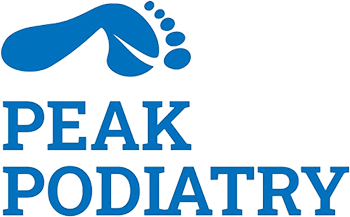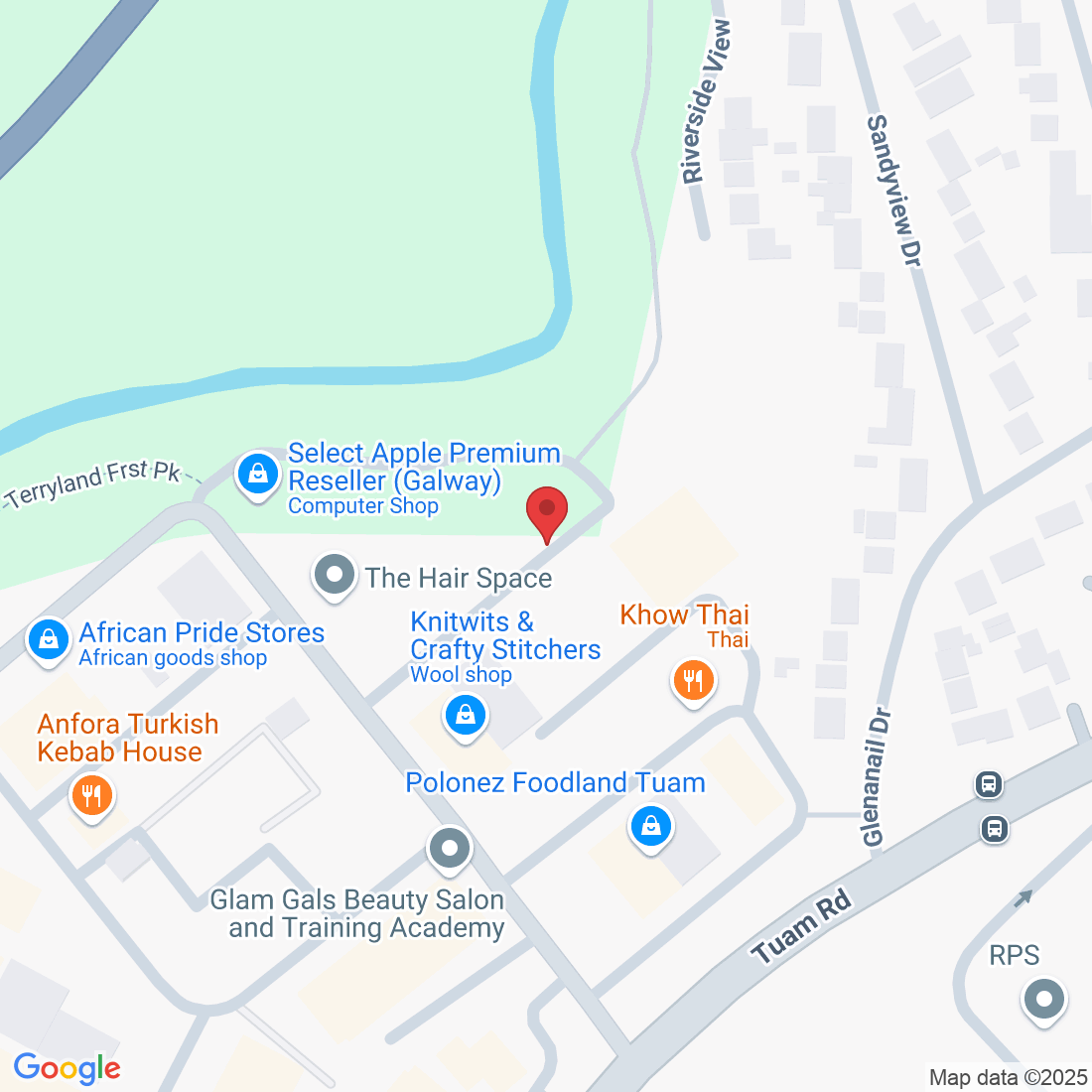
What Are Heel Spurs?
What Are Heel Spurs?
Heel spurs, also known as calcaneal spurs, develop as a result of prolonged tension or stress on the plantar fascia – the thick band of tissue that runs along the bottom of your foot, connecting your heel to your toes. Over time, this repetitive pulling action can lead to the formation of calcium deposits on the heel bone, resulting in the development of heel spurs.
Heel spurs themselves may not always be the direct cause of pain.
Causes of Heel Spurs
Several factors can contribute to the development of heel spurs, including:
Foot Structure: Individuals with abnormal foot mechanics, such as flat feet or high arches, are more prone to developing heel spurs.
Overuse or Excessive Strain: Activities that put repetitive stress on the heel, such as running, jumping, or standing for long periods, can increase the risk of heel spurs.
Improper Footwear: Wearing shoes with inadequate support or cushioning can exacerbate heel pain and contribute to the formation of heel spurs over time.
Aging: As we age, the wear and tear on our bones and soft tissues can make us more susceptible to developing heel spurs.
Symptoms of Heel Spurs
The most common symptom associated with heel spurs is pain in the heel, especially with weight-bearing activities like walking or standing.
The pain may be sharp and stabbing or dull and achy, and it can range from mild discomfort to severe and debilitating.
Other symptoms may include swelling, tenderness, difficulty walking, and the presence of a visible bony protrusion on the underside of the heel.
Diagnosis of Heel Spurs
If you're experiencing persistent heel pain, it's essential to consult with a healthcare professional for an accurate diagnosis.
Your doctor or podiatrist will conduct a physical examination of your foot, checking for tenderness, swelling, and any visible signs of heel spurs.
They may also order diagnostic tests, such as X-rays or MRI scans, to confirm the presence of heel spurs and rule out other possible causes of heel pain.
Treatment Options for Heel Spurs
Once diagnosed, there are several treatment options available for managing heel spurs and alleviating associated symptoms. These may include:
Rest and Ice: Giving your feet adequate rest and applying ice packs to the affected area can help reduce pain and inflammation.
Stretching Exercises: Gentle stretching exercises for the calf muscles and plantar fascia can help relieve tension and improve flexibility, reducing strain on the heel.
Orthotic Devices: Custom orthotic inserts or supportive shoes can provide cushioning and support, reducing pressure on the heel.
Medications: Over-the-counter pain relievers or anti-inflammatory medications may help alleviate pain and inflammation associated with heel spurs.
Physical Therapy: Working with a physical therapist can help strengthen the muscles and ligaments surrounding the heel, improving stability and reducing pain.
Class IV laser Therapy
Benefits of Class IV Laser Therapy for Heel Spurs:
Pain Reduction: Laser therapy can help alleviate the sharp, stabbing pain associated with heel spurs, providing relief for individuals experiencing discomfort during weight-bearing activities.
Inflammation Reduction: By targeting inflammation at the source, laser therapy can help reduce swelling and discomfort in the heel area.
Enhanced Healing: The increased circulation and cellular activity stimulated by laser therapy can accelerate the healing process, potentially leading to faster recovery times for individuals with heel spurs.
In Conclusion
Heel spurs can be a source of significant discomfort, but with the right diagnosis and treatment, relief is possible.
If you are dealing with a heel spur you can call us now on 091 734 140 and a member of our team will be happy to help you.
Or
Book online using this link
Ask Robert And His Team
Fill in the form to request a Call From Our Team
Fill in the form to request a Call From Our Team
One of our team will call you for FREE and answer any questions or concerns you may have about your Foot Pain.
One of our team will call you for FREE and answer any questions or concerns you may have about your Foot Pain.
© Copyright 2022. Peak Podiatry All rights reserved.






